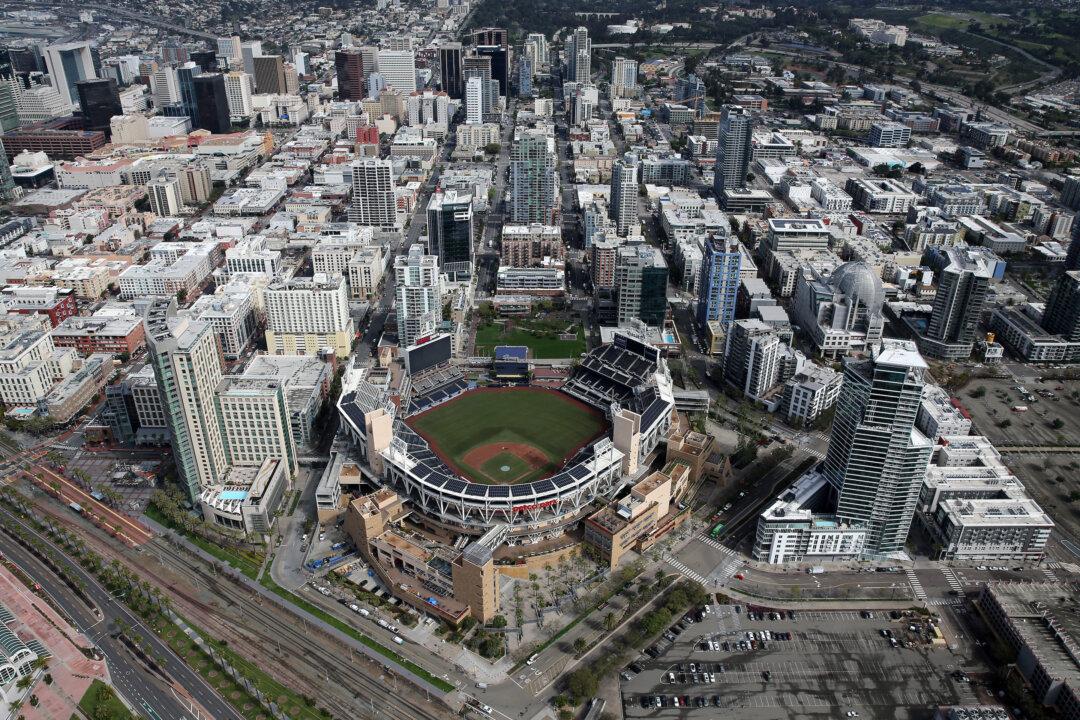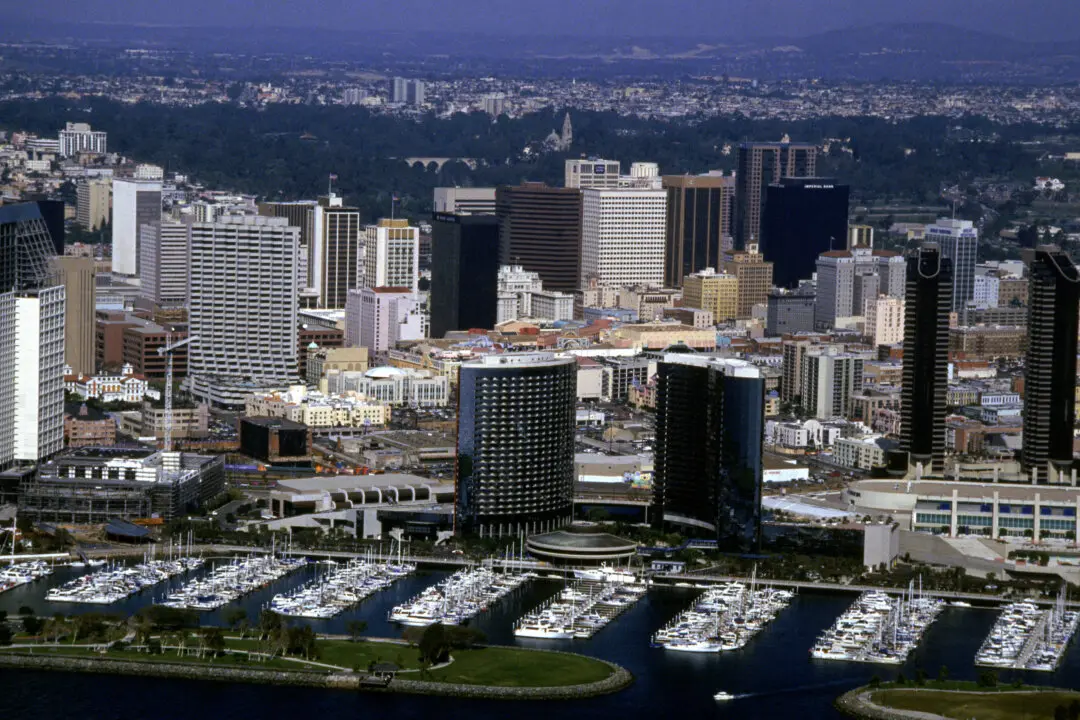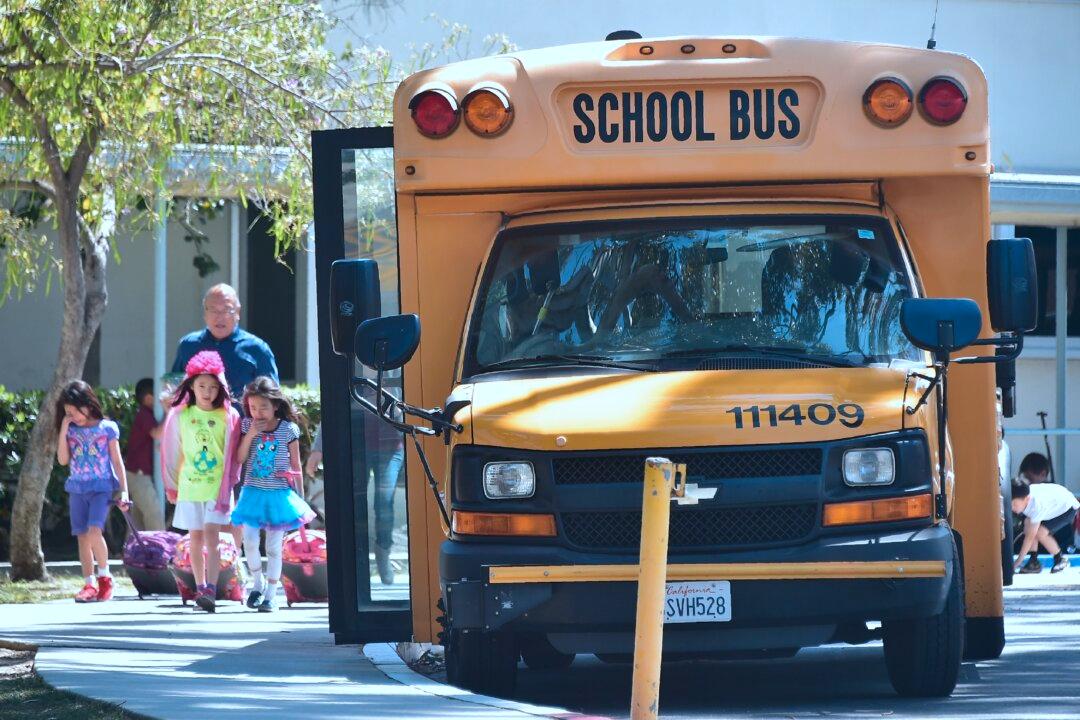Commentary
For the 12 months ending on June 30, 2022, the coronavirus lockdown by California Gov. Gavin Newsom was still in effect. His implementation of this lengthy and heavy-handed measure would be in place for another eight months. But, in March 2022, the Federal Reserve Board made the first of 11 interest rate hikes to slow down the economy amid concerns about rising inflation.





